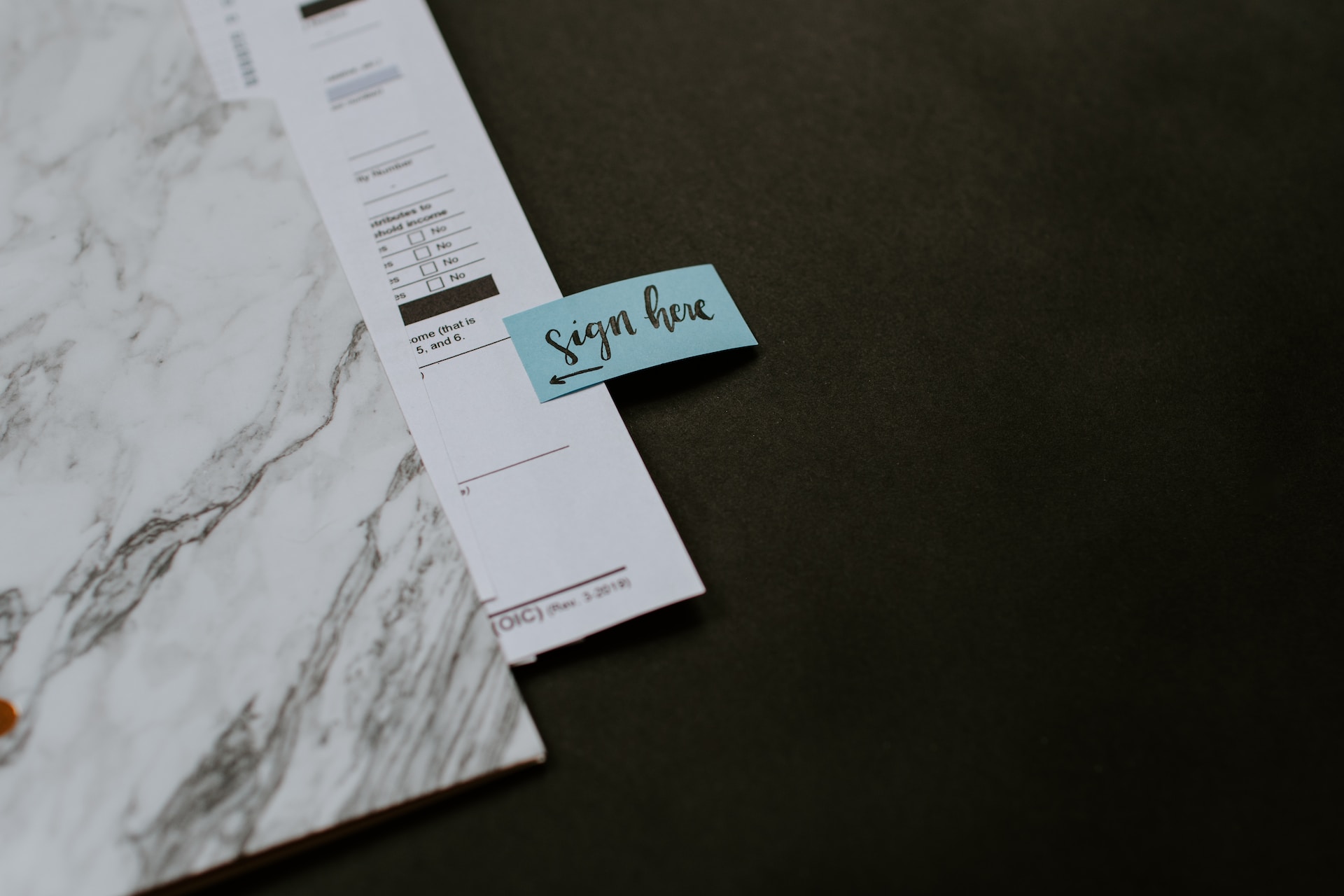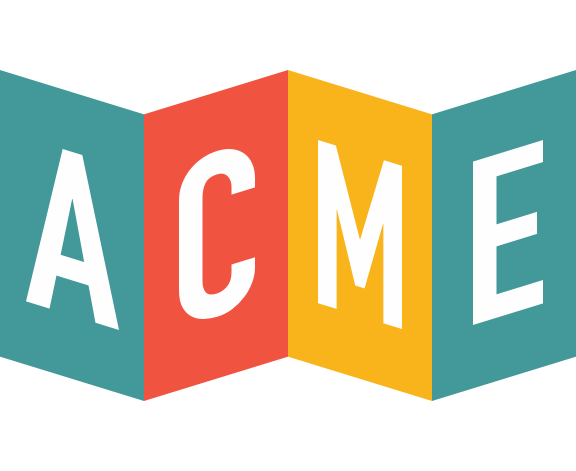
Donor Mapping Template
Donor mapping and donor journeys are essential to understanding and influencing how donors interact on ecommerce platforms, which includes nonprofit organizations, zoos, and museums.
Donor mapping provides a framework from which nonprofit organizations and cultural institutions can identify key donor points of contact, which opens up the door for leaders to make changes that make donating easier and more efficient.
What is a Donor Journey?
A donor journey is a model that tracks, charts, outlines, and identifies the various points of contact that a donor will take from the moment they hear of your organization to the moment they make a donation.
By outlining the donor journey, organizations can identify which aspects of the donor journey need to be improved, streamlined, or reviewed.
Donor Maps are important to outline for the following reasons:
- Donor maps help organizations stay in control of the donor and fundraising process. By outlining how donors interact with your donor interface, you’ll be better suited to take make data-informed decisions to improve the donor experience
- Donor maps allow organizations to maintain the quality of their websites and processes
- Donor maps allow organization to improve the donor experience
- Organizations are better suited to make long-term strategies when they have a donor map that they can reference and plan around
- Donor maps are easy to follow visuals that allow you to share your strategies and findings with other departments and key team members
Donor maps make things easier for nonprofits and cultural institutions. When you have a concrete road map, you can better understand the donor experience, identify points of weakness, and make changes accordingly.
Major Aspects of Donor Journey Map
You can break down the donor journey map into 5 steps: raising awareness on your issue, gathering information, requesting donations from donors, following up with donors, and asking for the future.
Below we’ll break down each step and how you can optimize the step on your donor journey map.
- Raising awareness of the issue and your needs
- You can’t expect donors to openly embrace your cause if they are unaware of that cause. Nonprofit organizations and cultural institutions need to be vigilant in the way they market themselves on social media, within their institution’s walls, and on whatever platform they are working with. Be specific, tell your story, and express exactly what it is you are trying to do as an organization.
- Gather information
- Marketing and expressing your story is expensive. For a lot of nonprofit organizations, you can’t really afford to waste resources on the wrong audience or through the wrong platforms. This means that you need to do the research on who your target audience is, where they’re most active, and identify the appropriate lines of communication to reach out to them and tell your story. What this will often look like in 2021 is a strong social media presence, but don’t neglect the importance of emailing, face-to-face interactions if possible, and getting in touch with your local community.
- Donation requests
- The next step is one of the most important but also one of the most simple. Once you’ve created your story and identified your audience, your job now is to be simple and direct with your request. Don’t beat around the bush and don’t feel the need to hold back. Also, make the appropriate request. If you’re campaigning to millionaires, you can ask for more than a $100 donation. And if you’re reaching out to younger people, find ways to integrate affordable one-time and recurring donations.
- Follow up
- If you’ve done everything right, congratulations! You have a new donor, and you’ve successfully mapped out how to identify donors and acquire their support. The hard part, now, is ensuring that these individuals continue to give in your future fundraising efforts, and that starts with the follow up. According to donors, one of the best ways to follow up after a donation is to provide a thank you that directly communicates the impact of the donation and any success stories related to your fundraising.
- Future asks
- This final step will help create longevity and long-term success for your organization. With the help of an advanced CRM, you can track all your donors, identify their dining patterns, and communicate in an effective manner that can create life-long relationships and lasting donors.
The donor map is a way to simplify the process of acquiring new donors in a streamlined, organized, and visually appealing manner. By following these steps, you can ensure a standardized and step-by-step process that will lead to fundraising success.
Guide to Donor Journey Map Template
You can create a simple donor map with a template, like the Venngage template below, that will allow you to identify the various points on the journey map, create a shareable visual, and align your team around a common cause.

Guide to Donor Journey Map Template
Depending on your project, your donor map might need more specifications than the one above, or it might benefit from a more simplified outline. Whatever your needs are, a good template will provide you with the flexibility to include costs, additional steps, and room for contingencies as necessary.
How Acme can help
A lot of what nonprofits and cultural institutions need is the ability to understand what their members and visitors are interested in. WIth state-of-the-art ticketing software, like ACME, you can identify donor and visitor trends, track their involvement, and reach out to them with ACME’s advanced CRM.
ACME will also make every digital point of access simpler and more accessible to your donors, which, in turn, will improve the donor experience and encourage repeat donations.
Try the ACME demo to see how ACME can transform your donor map today.

